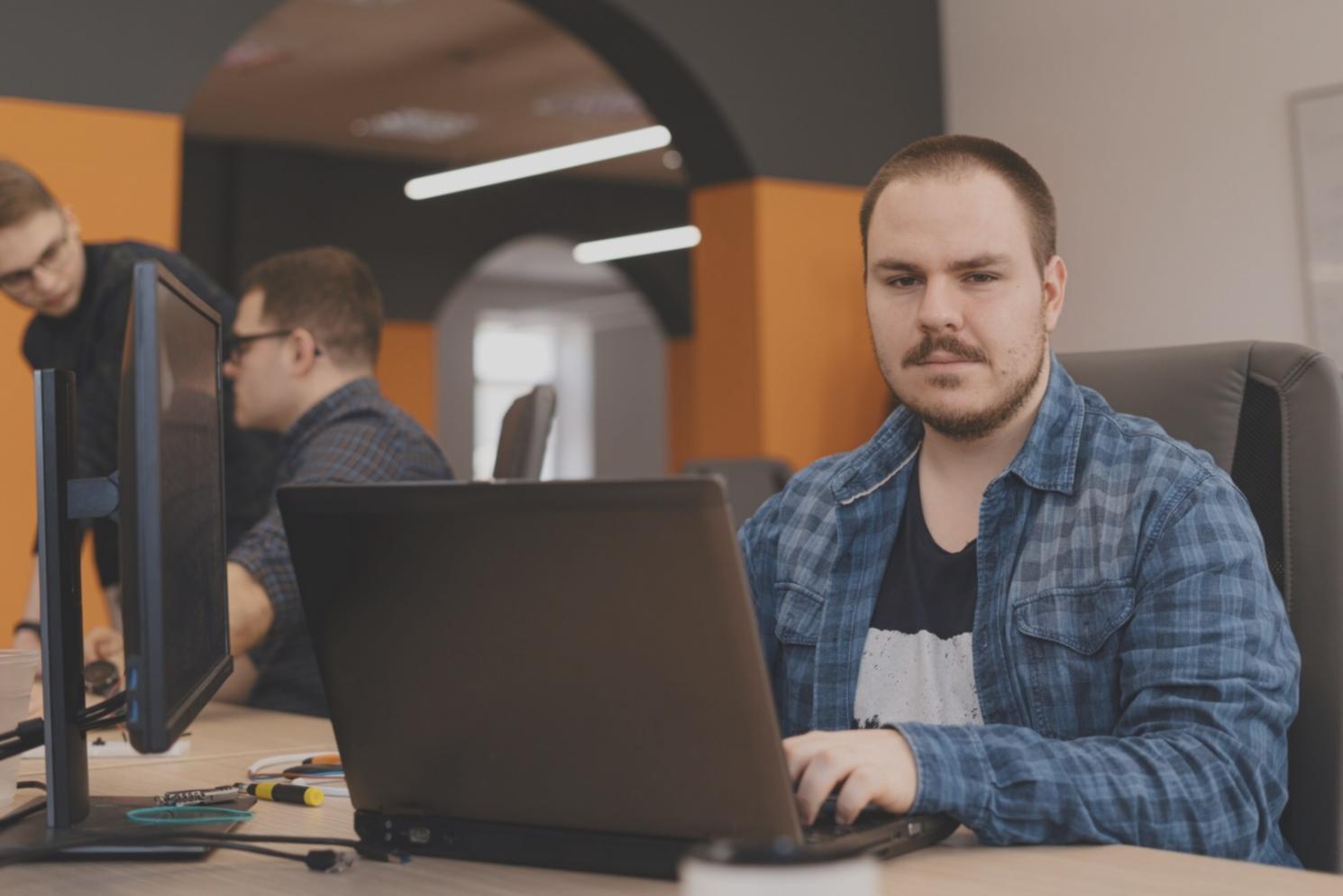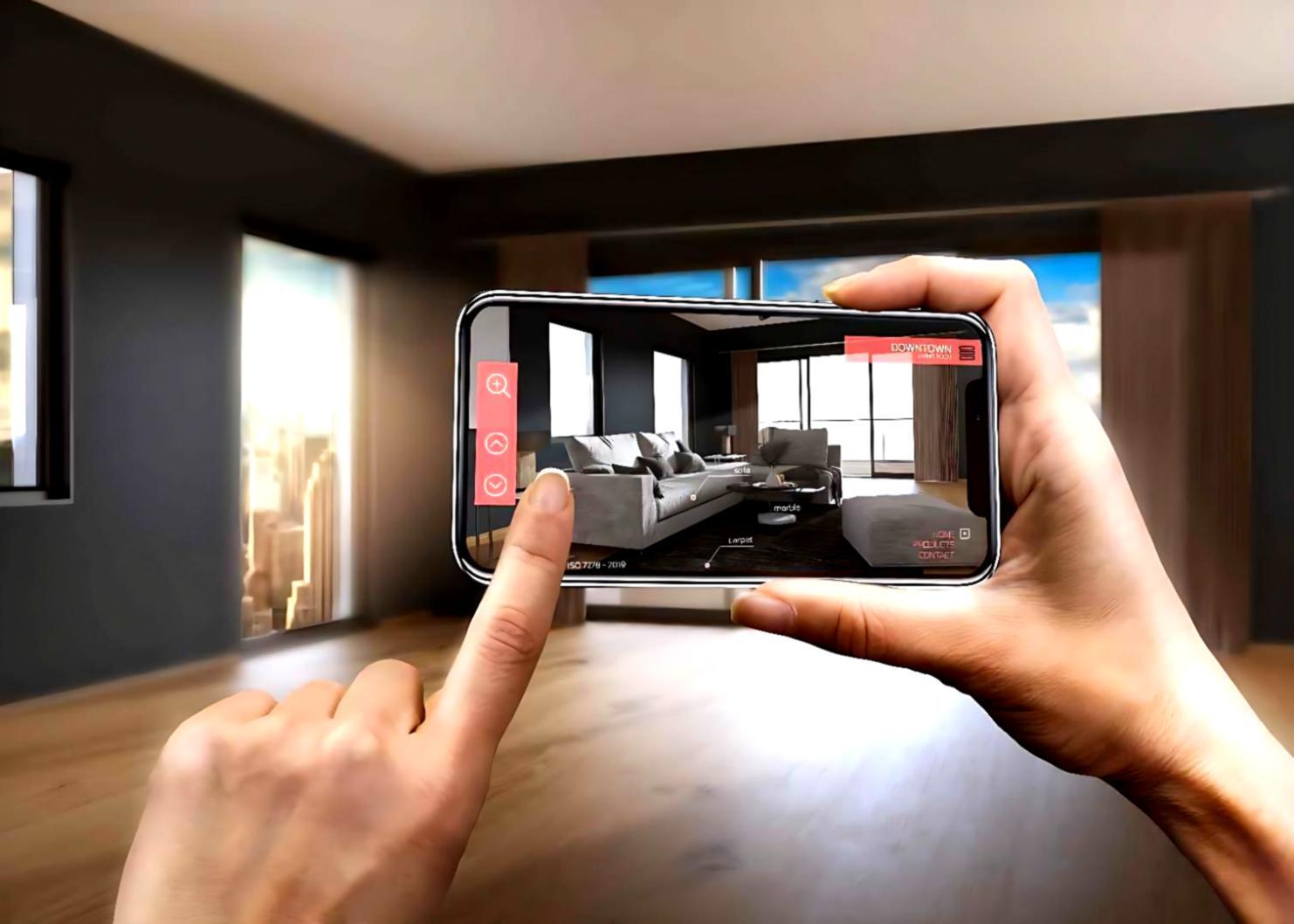Building Worlds That Teach
We've spent years working with augmented and virtual reality. Not because it's trendy—but because it changes how people learn. When you step into a space we've designed, you're not just watching a simulation. You're solving problems, making decisions, and actually experiencing what would otherwise stay theoretical.
Explore Our Programs
What Makes AR and VR Work for Learning
Most people think it's about fancy headsets. But the real work happens in how we structure the experience—how we guide attention, create feedback loops, and let learners fail safely.
Spatial Memory Sticks
Your brain remembers places differently than facts. When you learn something in a 3D environment, it creates spatial anchors. Six months later, you'll remember where you were standing when you figured out that concept.
Safe Practice Spaces
You can mess up as many times as you need. Try different approaches. See what breaks. In VR, consequences are cheap—which means experimentation becomes natural instead of risky.
Peer Collaboration That Works
Multi-user environments let you work alongside others, even when you're in different cities. We've watched study groups form naturally in virtual spaces—people helping each other figure out problems in real time.


How We Approach Teaching
It's tempting to throw everything into VR just because we can. But that usually backfires. Some concepts work brilliantly in immersive space. Others? They're better on a screen or in a book.
Our programs starting in mid-2026 focus on scenarios where immersion actually matters—where being inside the environment changes your understanding. Architecture students walk through buildings before they're built. Medical trainees practice procedures without patients. Engineers test designs in simulated conditions.
- Start with foundational concepts using interactive modules that respond to how you work
- Move into guided scenarios where you apply what you've learned in realistic contexts
- Work on collaborative projects with peers from different backgrounds and locations
- Build a portfolio of work that demonstrates what you can actually do
I was skeptical at first. Another tech solution promising to fix education. But watching my students work through spatial design problems in VR—they got concepts in two weeks that normally take a semester. The difference was they could manipulate the environment directly instead of trying to imagine it from drawings.

